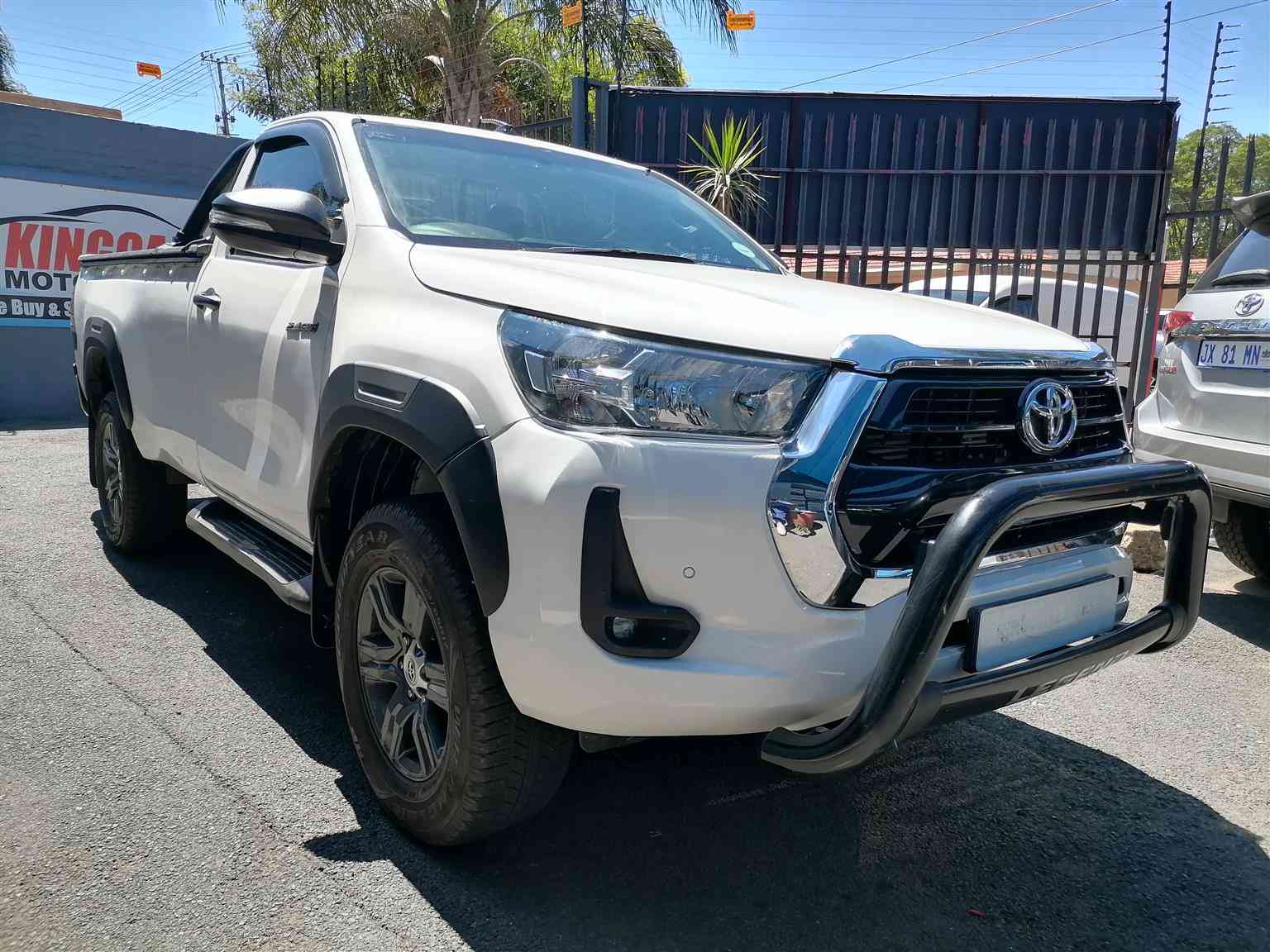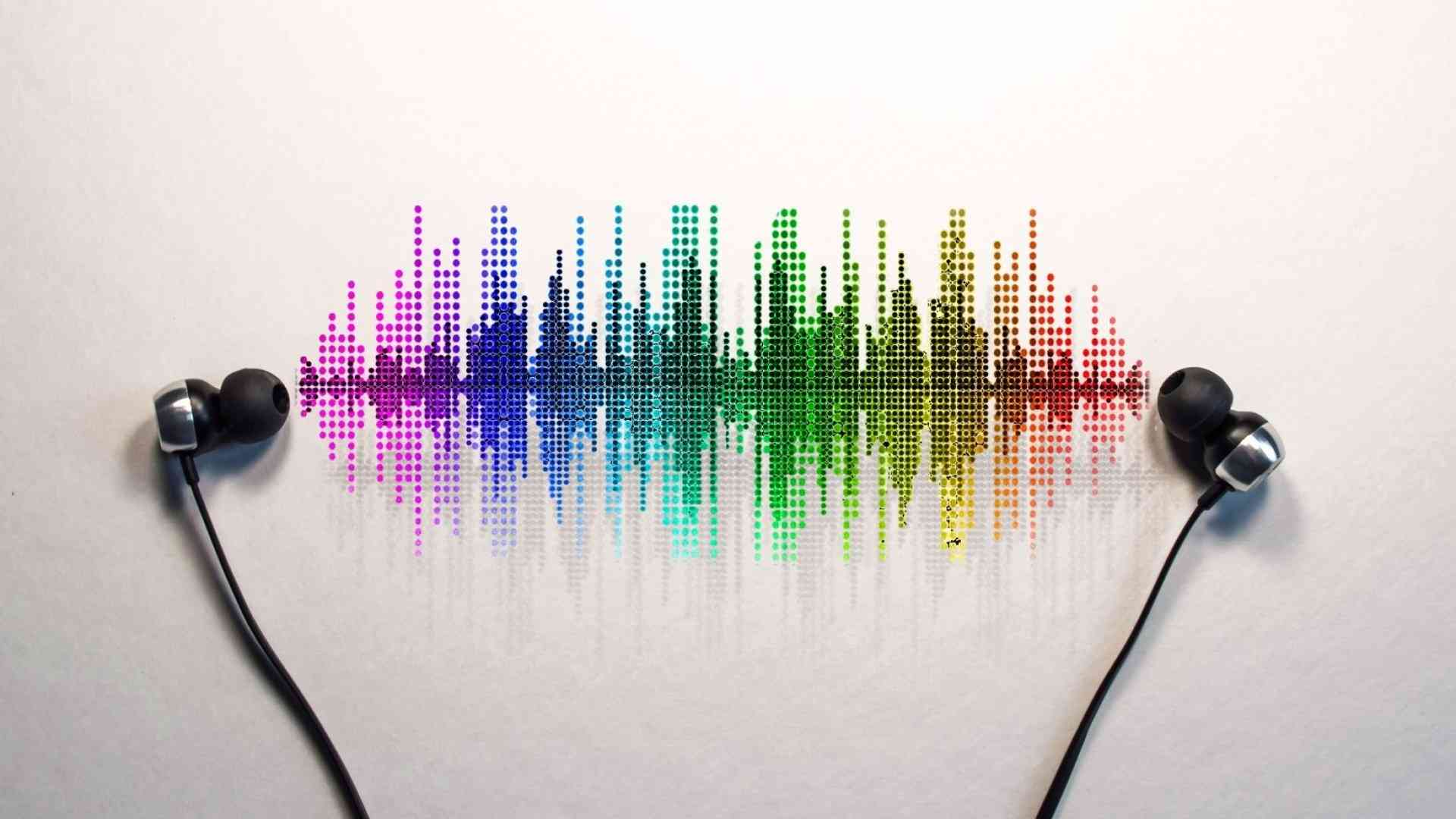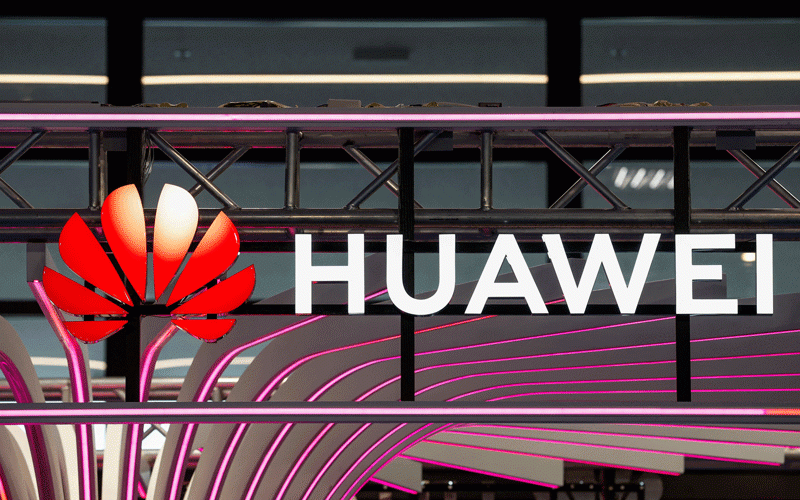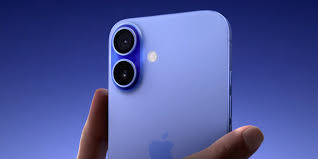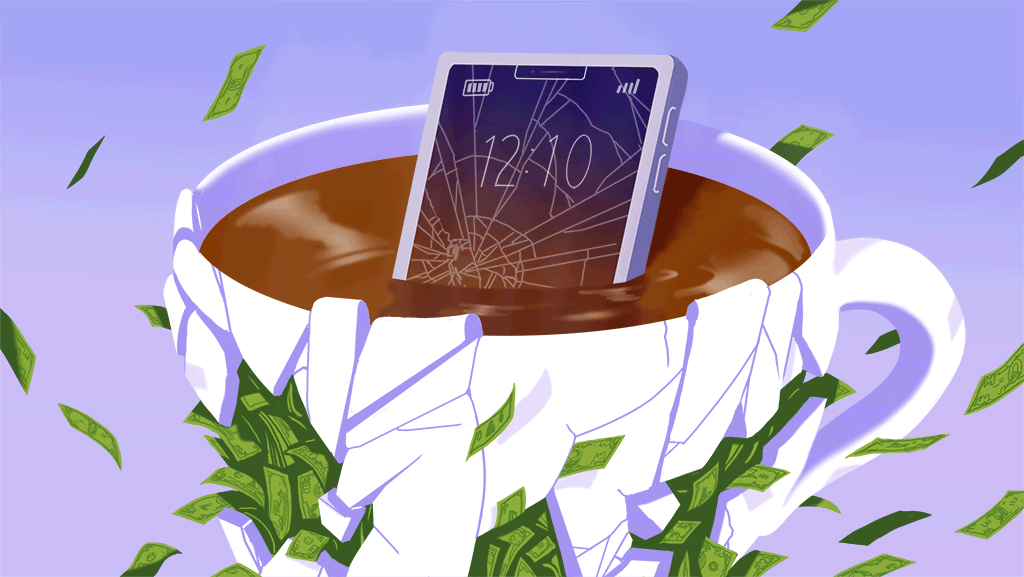
So it’s worth looking at phone upgrades in a different light to weigh their financial impact. That can help us make well-considered decisions so that the move isn’t automatic.
The irony of Mr. Cook’s coffee analogy isn’t lost on Suze Orman, the financial adviser who once famously equated people’s coffee habits to “peeing $1 million down the drain.” The seemingly small amount of money that people mindlessly spend on java — and now phone upgrades — could be a path to poverty, she said.
“Do you need a new one every single year?” asked Ms. Orman, who hosts the “Women and Money” podcast. “Absolutely not. It’s just a ridiculous waste of money.”
Apple and Samsung didn’t immediately respond to requests for comment.
So what’s the true cost of a phone upgrade? Let’s look at the math.
Flipsy, a company that buys and sells used phones, published an analysis this year arguing that it’s smart to buy a new iPhone every year. Here was its breakdown:
-
The iPhone 12 cost $799 last year. It’s now worth $460 if you trade it in to defray the cost of a new phone. The newest iPhones, the iPhone 13, also cost $799. So if you traded in your iPhone 12, the iPhone 13 would cost $339. At this rate, if you bought an iPhone every year for four years, including the original $799, the net total would be $1,816.
-
If you waited three years for the iPhone 15, your iPhone 12’s trade-in value would diminish to about $200. Trade it in and the cost of the iPhone 13 would be $599. Add in the original $799 and your net cost over four years would be $1,398.
In summary, upgrading annually over three years costs $418 more, or roughly $12 a month, compared with upgrading every three years, Flipsy said.
Framed this way, it may sound like a bargain to get a new phone every year as opposed to every few years. But plugging these numbers into a financial calculator tells a different story.
If you put $12 a month into a retirement account, like a Roth I.R.A. that has an average annual rate of return of 10 percent, that amount would turn into $25,161 over 30 years, according to Ms. Orman’s savings calculator.
Ms. Orman compared the trade-in dilemma to buying cars. Car manufacturers could argue that the diminishing trade-in value of your car should compel you to buy a new one regularly — but don’t fall for it.
“I love my car, and I don’t care that the value goes down,” she said. “Think of the 11 years I have saved money not having car payments, or trading it in and spending more money to get another car.”
So what about those cups of coffee? On average, we pay $3 a cup, so $1,000 could buy roughly 333 cups. But naturally, making your own coffee is much cheaper.
I plugged some numbers into a coffee calculator designed by Bone Fide Wealth, a financial planning service. A $16 bag of beans from Peet’s Coffee at Costco could brew about 41 cups of coffee for 39 cents each. So a $1,000 iPhone is worth about 2,500 cups of coffee. Not as compelling.
Doug Boneparth, the president of Bone Fide Wealth, made a counterpoint. For people who have plenty of cash and are aware of the impacts of their spending, splurging on new phones could be inconsequential to their overall savings goals compared with bigger expenses like housing — and if phones make them happy, go for it. He said he sets aside cash every year to buy a new iPhone as a sort of hobby.
“Personal finance is quite personal,” Mr. Boneparth said.
But he acknowledged that even his hobby was beginning to have diminishing returns because new phones weren’t getting much better technologically every year. “The 13 is the first one where I’m like, ‘This one literally only has a better camera,’” he said of the latest iPhone.
Ms. Orman cautioned that for most people who didn’t have as much money in the bank, especially those in debt, the effects of a phone upgrade could snowball. A $1,000 phone charged to a credit card could turn into $3,000 with interest by the time it’s paid off, she said. More debt could also affect your credit score, making it harder to buy or rent a home.
“If you think a phone is worth going into debt for, then, oh my God, you’ve now just set yourself up for always being in debt,” she said. “The truth of the matter is there’s nothing other than a medical expense worth going into debt for.” – The New York Times

